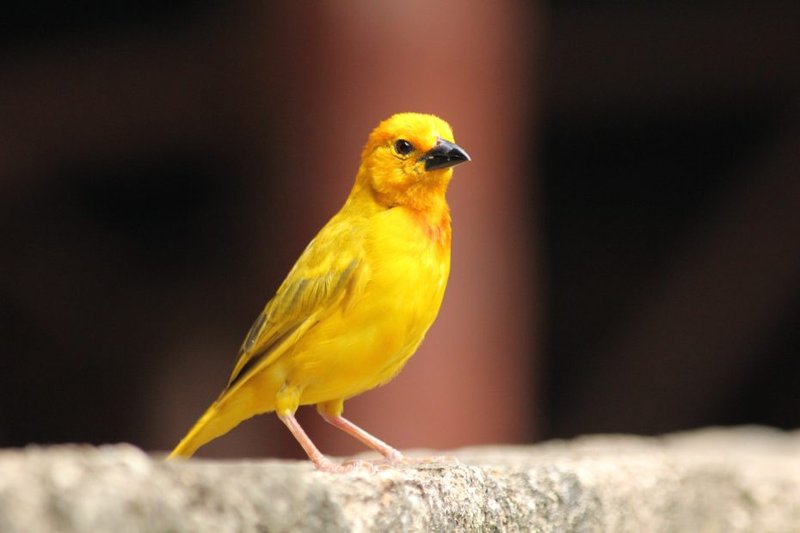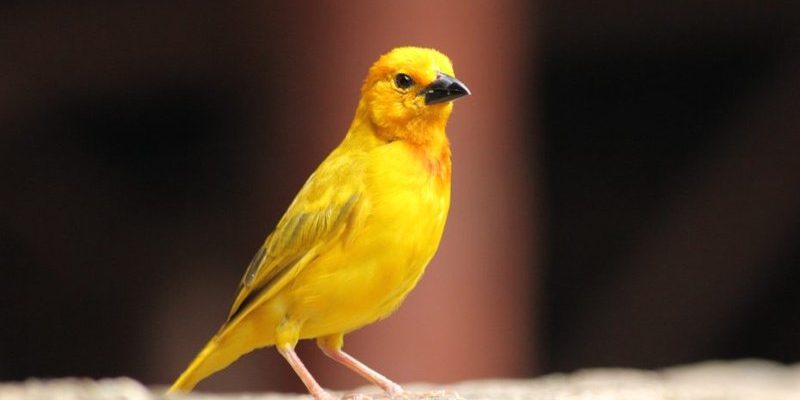
Let’s dive into why canaries are more than just pretty singers. From ancient myths to modern interpretations, these birds hold a special place in the hearts and minds of many people. Think of it as peeling back the layers of an onion—you’ll find that beneath their bright feathers lies a rich history steeped in meaning and metaphor.
The Canary as a Symbol of Hope and Joy
In many cultures, the canary is viewed as a symbol of hope and joy. Their bright yellow color shines like sunlight, bringing warmth and happiness to the environments they inhabit. This connection to cheerfulness isn’t just a coincidence. For example, in parts of Europe, people believe that seeing a canary can bring good fortune or happiness into one’s life. It’s almost like a little sunny reminder that positive things are on the horizon.
You might wonder how this symbolism has evolved. In literature and art, canaries often represent the idea of freedom and escape. Have you ever heard the phrase “sing like a canary”? It reflects the idea of someone who shares secrets freely, much like how canaries seemed to sing from a place of happiness. This makes them not only a symbol of joy but also of openness and honesty in communication.
In some local festivals, particularly those celebrating spring, canaries are showcased as part of dazzling parades. Here, they’re not just pets; they embody the spirit of renewal and rebirth that comes with the changing seasons. Their cheerful songs fill the air, invigorating the community and lifting spirits. These birds, in essence, become living representations of the hope that comes with every new beginning.
Canaries in Folklore and Mythology
Canaries also play a significant role in folklore and mythology. Throughout history, these birds have appeared in various legends. For example, in some Indigenous cultures, they are seen as spiritual messengers. The belief is that canaries carry the whispers of the ancestors, guiding individuals on their life paths.
In European folklore, canaries were often associated with the divine. Their ability to sing beautifully was believed to be a gift from the gods, symbolizing a connection between Heaven and Earth. You might find tales where heroes or heroines are guided by the song of a canary, leading them to safety or helping them make critical decisions in times of peril.
These stories underscore the significance of canaries as symbols of intuition and guidance. Their vibrant song was thought to drown out negativity and distractions. So, next time you hear a canary chirping, remember, it could be more than just a bird—it’s carrying messages from times long past.
The Role of Canaries in Mining Culture
One of the most poignant uses of canaries has been in the mining industry. Historically, miners brought canaries into coal mines as a safety measure. The idea was simple: if the canary showed signs of distress or stopped singing, it was a warning sign of dangerous gases like carbon monoxide. This practice became a powerful symbol of vigilance and precaution in an industry fraught with peril.
Imagine descending into the dark depths of a mine, relying on a small bird to alert you to danger. It’s a vivid picture of dependent relationships between humans and nature. The canary represented life and safety, its song a reassuring presence amidst the perilous surroundings.
This connection also permeates local folklore, where stories arose about brave miners saving canaries from choking on toxic fumes. These tales honor the canary’s role in safeguarding lives, elevating the bird to a figure of heroism. In essence, the canary became a symbol of resilience, courage, and the fight for safety in dire circumstances.
Canaries in Art and Music
You can’t talk about canaries without mentioning their impact on art and music. Throughout history, these birds have inspired countless artists and musicians. Their bright colors and delightful songs are often seen as expressions of beauty and creativity. In paintings, you might find them portrayed alongside flowers, symbolizing joy and the beauty of life.
Musically, the canary’s song has influenced composers and songwriters alike. Their chirpy melodies mimic the essence of happiness and freedom, often echoing themes of love and light-heartedness. Think about it—how many songs have you heard that capture that carefree spirit? The canary’s joyful notes have a way of resonating deeply with our emotions, infusing art with life and vibrancy.
In literature, canaries often symbolize the cheerful spirit of characters, providing comic relief or moments of introspection. Their presence can make a story seem lighter, reminding readers of the importance of joy even amid hardship. This multifaceted representation of canaries in art and music highlights their role not only as a visual delight but also as bearers of emotional depth.
Canaries in Popular Culture
In modern times, canaries have firmly established themselves in popular culture. From cartoons to social media captions, these birds pop up everywhere, often representing positivity and cheerfulness. Think of how often you see a cartoon canary depicted with a smile, reinforcing its role as a delightful creature that spreads good vibes.
Movies and television also utilize canaries as symbols of innocence or purity. Sometimes, you might see a character who loves birds, especially canaries, represent the “heart” of a story. This character often provides wisdom or kindness, acting as a moral compass for others.
The canary symbol is even used in branding and advertising, capturing the bird’s essence of brightness and positivity. It’s interesting to see how a small bird can leave such a meaningful imprint on contemporary society, maintaining its reputation as a joyous and hopeful figure.
The Future of Canaries in Culture
As we look ahead, the role of canaries in local cultures and folklore will likely continue to evolve. With growing interest in biodiversity and environmental awareness, canaries may symbolize more than just joy. They could also represent the importance of conservation efforts, reminding us of the delicate balance of nature.
Imagine a world where people actively seek to preserve these beautiful creatures and their habitats. This could lead to new stories and legends that highlight the relationship between humans and canaries. Initiatives to protect canaries could foster a deeper appreciation of their history and significance in various cultures.
As we continue to share tales of canaries in art, music, and folklore, we keep their legacy alive. Each story we tell adds to their richness, ensuring that future generations understand their role in our lives—both as charming companions and as symbols of hope, safety, and joy.
In conclusion, canaries are more than just birds that brightened our homes; they are integral to many cultures and folklore around the world. Their songs have filled the air with joy, served as warnings in times of danger, and inspired art and music throughout history. As they flutter into our hearts and stories, they remind us of the beauty of life and the bonds we share with nature. So, the next time you see or hear a canary, take a moment to reflect on the rich tapestry of culture and meaning that these little birds have woven throughout history.

